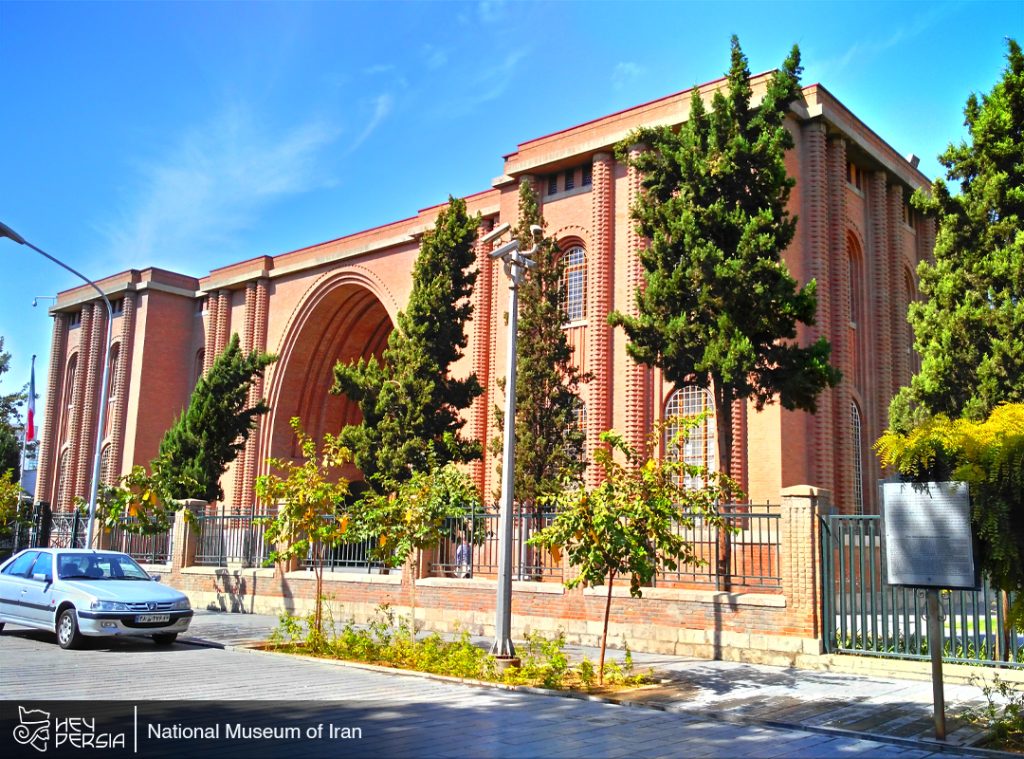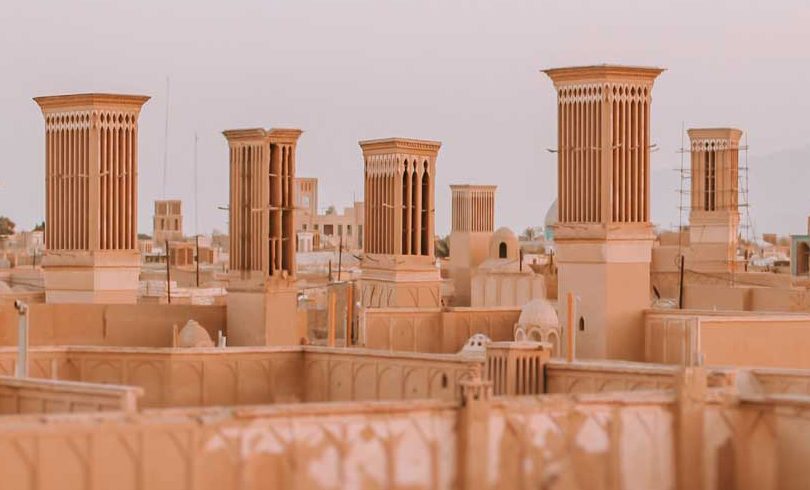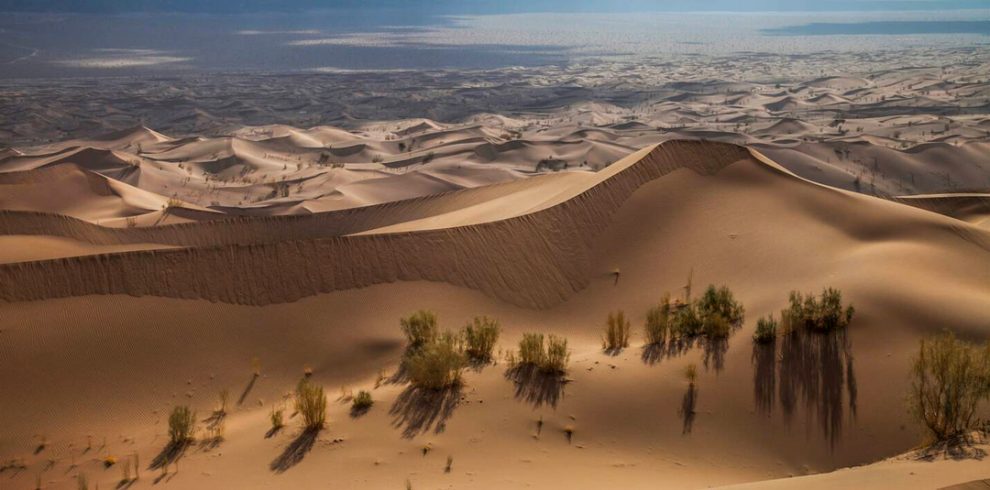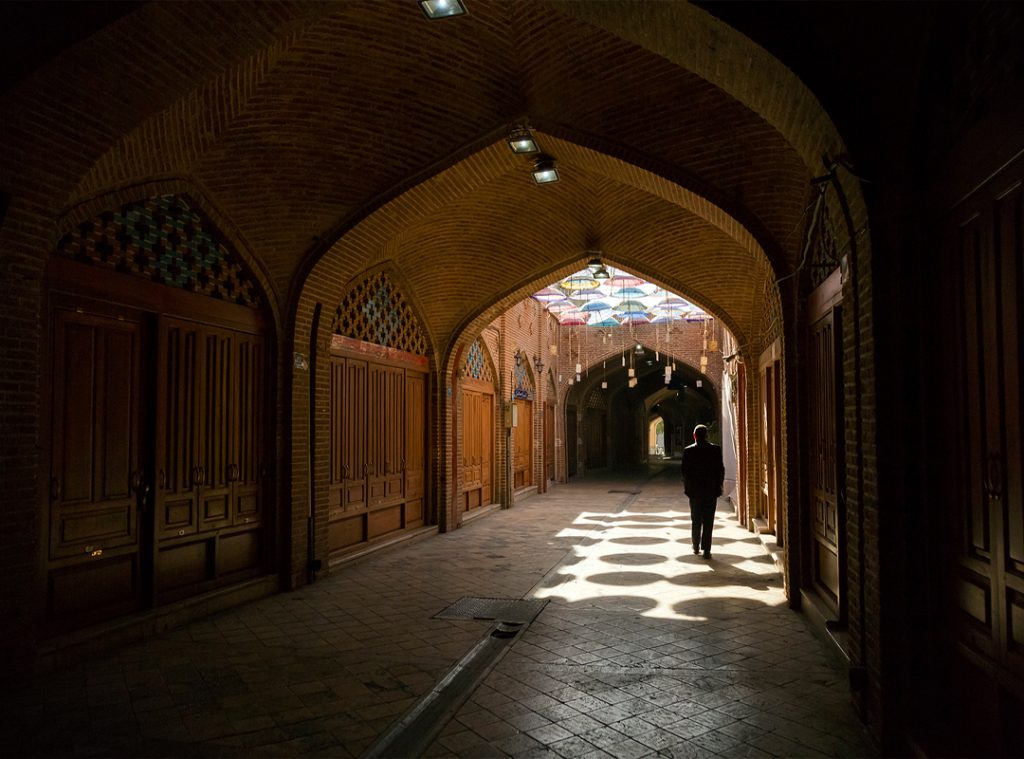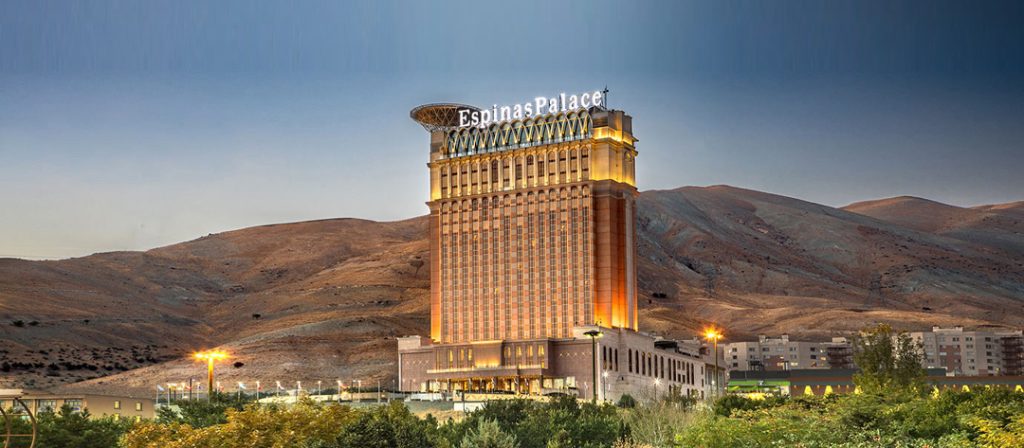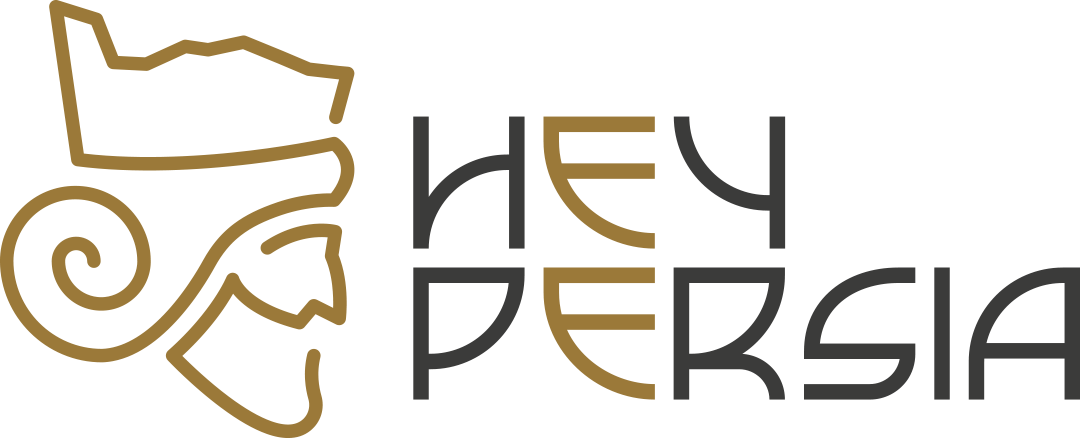The National Museum of Iran, situated in the vibrant capital city of Tehran, stands as a cultural beacon that illuminates the diverse and ancient history of this nation. With a rich and expansive collection spanning millennia, this museum serves as a treasury of Iran’s heritage. In this comprehensive overview, we will delve into the history, collections, significance, and visitor experience at the National Museum of Iran. Learn more at Hey Persia.
Historical Background of The National Museum of Iran
Generally, The National Museum of Iran, or Muze-ye Melli-ye Iran in Persian, has a history that mirrors Iran’s evolution in the 20th century. It was officially founded in 1937, under the reign of Reza Shah Pahlavi, as an initiative to modernize and centralize Iran’s cultural institutions. The museum was originally housed in the historic Mashq Square in Tehran. However, in 1972, it moved to its current location, a modernist building inspired by Sassanian architecture.
Prehistoric Treasures
The museum’s extensive collection is a testament to Iran’s diverse and multifaceted history. It begins with prehistoric artifacts that provide insight into the early human civilizations that once inhabited this region. Among the highlights are pottery, tools, and artifacts from ancient settlements such as Susa and Jiroft.
Ancient Persia: From Elam to Achaemenids
The heart of the museum’s collection is dedicated to the great empires of ancient Persia. Visitors can explore the artifacts from the Elamite civilization, which predates the Persian Empire. The Achaemenid period, often associated with Cyrus the Great and Darius the Great, is prominently featured. Treasures from Persepolis, the ancient ceremonial capital, are showcased, including monumental sculptures, inscriptions, and intricately designed objects.
Parthian and Sassanian Eras
Accordingly, The Parthian and Sassanian periods marked another significant chapter in Iranian history. The museum’s collections from this era include exquisite metalwork, pottery, and textiles, reflecting the artistic achievements of these empires. One notable piece is the silver plate of Bahram II, a masterpiece of Sassanian silverware.
Islamic Art and Culture
Moving into the Islamic era, the museum’s collection encompasses Islamic art and culture. Visitors can admire a vast array of calligraphy, illuminated manuscripts, miniatures, textiles, and ceramics that demonstrate the artistic achievements of medieval Iran. The Islamic galleries also house a collection of Quranic manuscripts, providing insight into the country’s religious heritage.
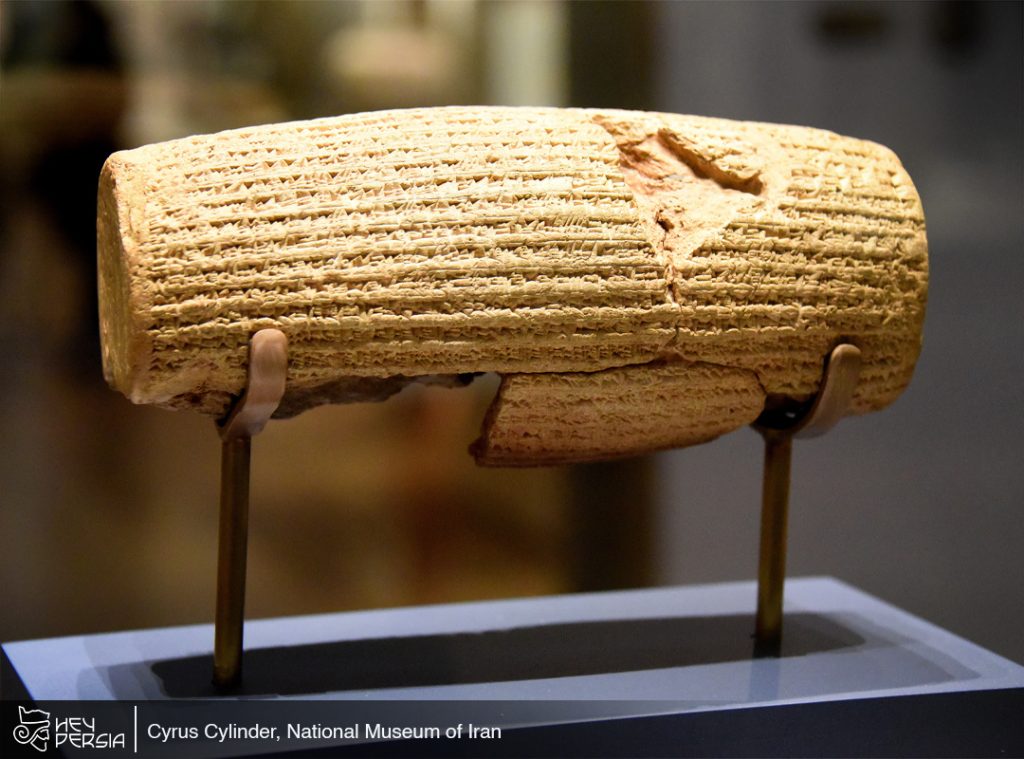
Significance and Cultural Heritage if The National Museum of Iran
The National Museum of Iran plays a crucial role in preserving and promoting Iran’s cultural identity. It serves as a repository for artifacts that span thousands of years, reflecting the rich tapestry of this ancient land. These artifacts not only educate the public but also contribute to scholarly research and international cultural exchange.
Promoting Cultural Diplomacy
The museum is not just a local treasure; it is a hub for international cultural diplomacy. Through exhibitions, loans of artifacts, and collaborations with other museums worldwide, the National Museum of Iran actively engages in sharing Iran’s cultural heritage with the global community.
Visitor Experience in The National Museum of Iran
Furthermore, Visitors to the National Museum of Iran can embark on a captivating journey through time. The museum is organized chronologically, allowing visitors to follow the evolution of Iranian civilization in a logical sequence. Informational labels and multimedia presentations enhance the visitor experience, providing context and insights into the displayed artifacts.
Highlights and Must-See Exhibits
Accordingly, Some of the must-see exhibits within the museum include the Cyrus Cylinder, often called the first declaration of human rights, and the famous saltmen, remarkably preserved ancient mummies discovered in Iran’s salt mines. Additionally, the museum frequently hosts special exhibitions that offer fresh perspectives on Iran’s history and culture.
Visitor Amenities
The museum provides essential amenities for visitors, including a cafe and a gift shop where guests can purchase books, souvenirs, and replicas of museum artifacts. The museum’s central location in Tehran makes it easily accessible for tourists and residents alike.
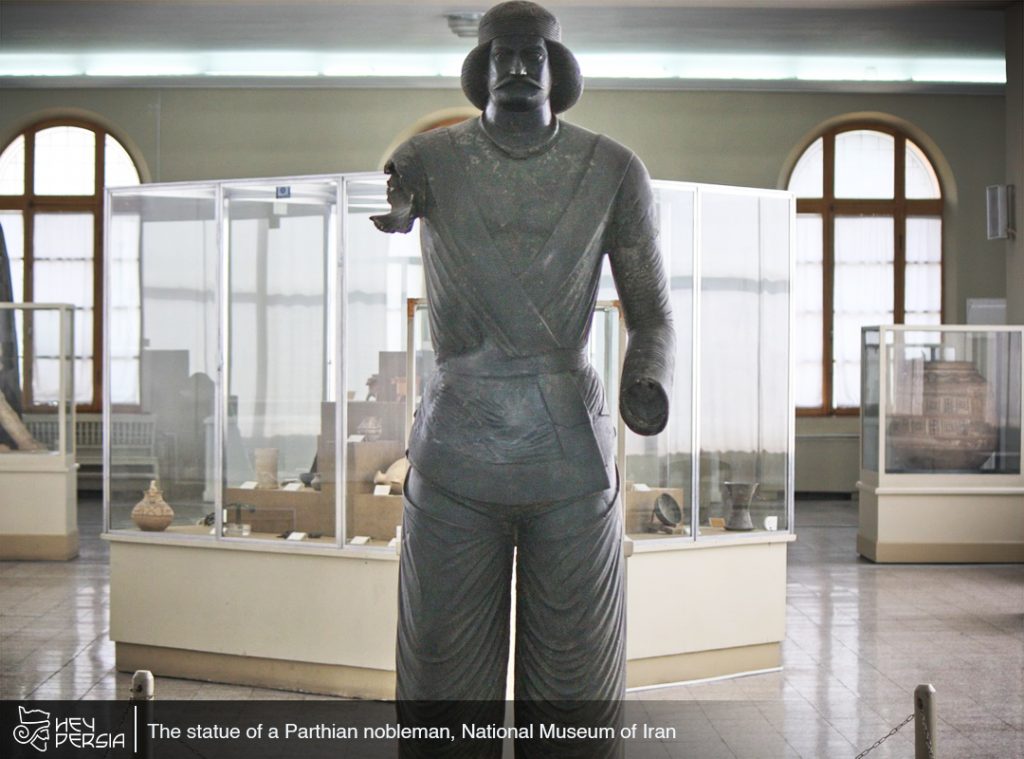
National Museum of Iran and all the beauties
National Museum of Iran stands as a testament to the enduring legacy of an ancient civilization. Its vast collection, thoughtfully curated galleries, and dedication to preserving and sharing Iran’s rich cultural heritage make it a destination of immense historical and educational value. As a bridge between the past and present, this museum invites visitors to explore the fascinating and multifaceted history of Iran, making it a must-visit for anyone seeking to unravel the mysteries of this diverse and ancient land.

